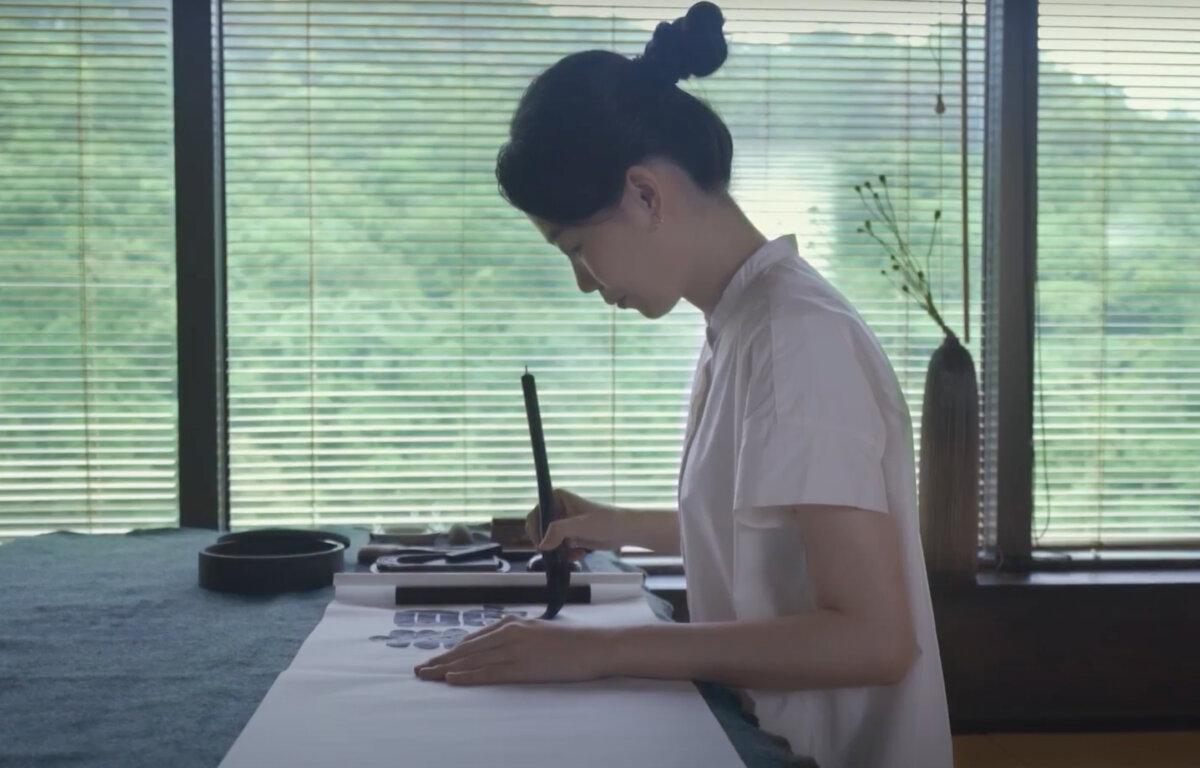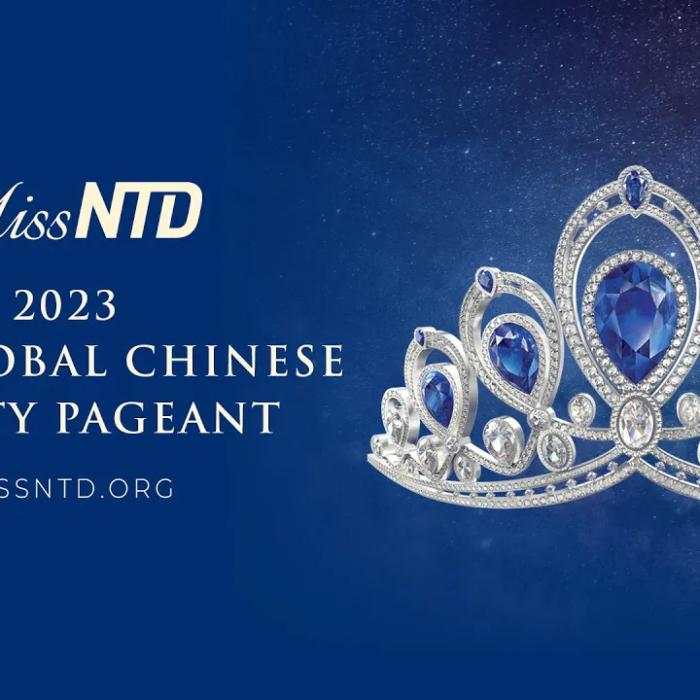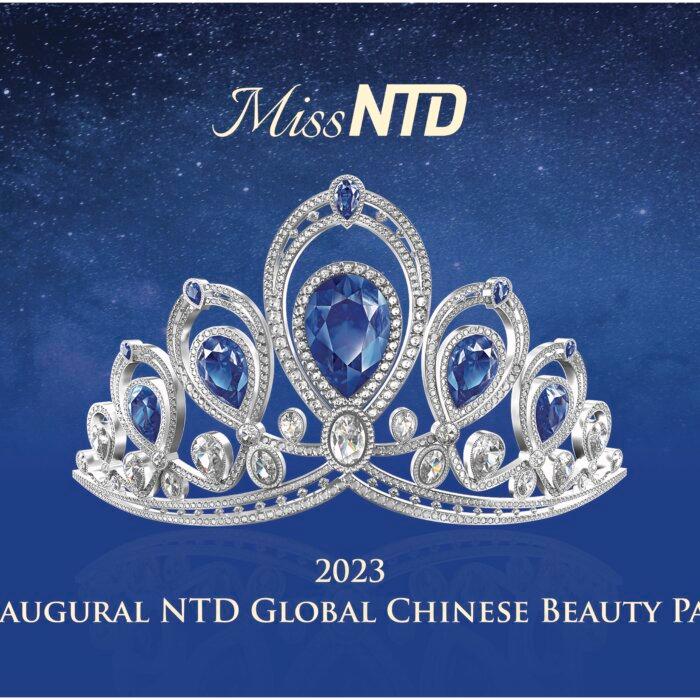When asked why she considered entering the Miss NTD, Annie Li said it’s the pageant’s focus on tradition and virtue.
“This competition is different from other pageants, very special,” said the Taiwanese artist.
As part of NTD’s international cultural events, the Global Chinese Beauty Pageant is aimed at bringing beauty to its traditional virtues. Morality, righteousness, propriety, benevolence, and faithfulness—the most valued virtues in China’s 5,000-year-old culture—are what the judges look for in picking the winner.
“To have returning to tradition as an evaluation criterion is unprecedented,” Ms. Li recounted her family’s response to her participation in the Miss NTD pageant.
Power of Virtue
Traditional Chinese arts arise from a culture that was believed to be imparted by the divine. But if it were not for Ms. Li‘s continued exposure to traditional Chinese art, she wouldn’t have believed that artistic skills are connected to moral virtues.When she studied ancient arts at the National Taiwan University of Arts in Taipei, Ms. Li learned engraving seals, an instrument essential to traditional Chinese painting and calligraphy.
Carving out Chinese characters on a seal requires design and precision, since an engraver will work on a tiny surface, where each stroke counts. The stroke can be thick or thin, cursive or straight, long or short. But strokes cannot be corrected once they are carved with a knife. Each character needs to be engraved multiple times before it can finally take shape.
The process therefore naturally cultivates an engraver’s patience and persistence, which made Ms. Li think of “grinding an iron rod into a needle,” a Chinese proverb that was taken from a story of Li Bai (701–762 A.D.), a famous Chinese poet in the Tang Dynasty. The saying means that with continued hard efforts, a thin bar can be rod into a thick needle.
The qualities inherent in the sophisticated form of art “reflect a way of life,” Ms. Li said. “Traditional Chinese culture has profound meaning.”
After years of practice, Ms. Li, who now works as a design assistant after earning a master’s degree in traditional arts, has come to realize that artistic creation is not merely an exposition of one’s practical skills.
“I believe artwork can indeed display the inner quality of an artist herself.”
Take calligraphy as an example. In works produced by calligraphers with humble hearts, typically the strokes are solid, with no sharp ends sticking out. The structures of characters are often stable and solid. The whole piece of work could “impart a sense of dignity and stability to others,” she said.

That also applies to painting. “If a painter was in a state of being tranquil, the painting she produces will convey peaceful feelings to viewers.”
Beauty emanates from Within
Aside from art, the beauty of nature also captivated Ms. Li.“Beauty has different manifestations in the human world, and the qualities they exhibit are also varied,” she said.
Rooting in mud, a lotus is able to grow up toward the light and bloom without impurity. Bamboo is tall and thin, but wouldn’t break even in violent storms. Water, a symbol of great virtue in Chinese philosophy, nourishes all things but never has conflicts with others.
“All these beautiful qualities found in nature’s myriad creations, I believe, are bestowed by the divine,” she continued. “And the purpose was to enlighten human beings.”
“I consider the beauty of women to be in harmony with the beauty of all things in nature. Their beauty emanates from features within.”
That’s why their beauty is “so powerful that could touch people’s souls,” Ms. Li said.
“I believe that the contestants participating in this pageant will showcase the diverse facets of female beauty and, together with everyone, learn and explore what traditional beauty truly means.”
“I consider it a great honor to be part of this journey.”
The 40 finalists, including Ms. Li, will take to the stage at the SUNY Purchase Performing Arts Center to present their insights into beauty. The grand final kicks off on Sept. 24 until Sept. 30.






